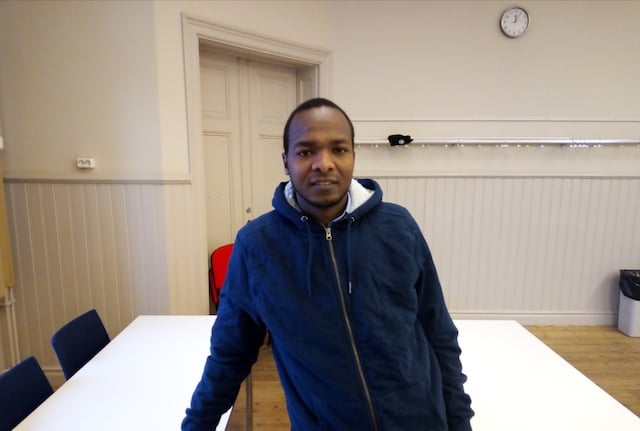Winter is starting to come to Sweden. The low temperature and long dark days are the norm in here. For those who come from a tropical country, this environment is one of life's rare experiences.
As a second-year student, I have an opportunity to experience all four seasons in Sweden. In my personal experience, every season is cool and windy – even during summer! Some of my Swedish friends jokingly say there are five seasons in Sweden with an extra season occurring during the transition of spring to summer. This type of weather is cool and windy with a little bit more daylight.

Comparing with my country in Malaysia, our weather is constantly hot and humid. We have constant daylight which begins from 7am to 7pm (approximately). We can conduct outdoor activities anytime. We don't need to buy a jacket or sweater and we can use the same shirt for the whole year. The sunny daylight is normal for us. Sometimes we always complain about the weather and say that it is too hot and sunny!
However, the luxury of longer daylight is restricted in Sweden. This privilege happens during the summer only. The weather is rapidly changing time by time. I have to plan different clothes for different weather. Outdoor activities need to be planned properly before the winter begins. I still remember during the last summer, my classmates and I were able to organise outdoor activities such as the barbecue event and swimming at the beach. But when winter arrives, things start to change and the daylight becomes shorter. The return trip from school is always in the dark, even though it is still at 4pm.
As a Muslim, the change of weather produces new challenges for me. In the last Ramadan month (fasting month) I have to fast for more than 12 hours. The fasting duration in Sweden will begin from 3am to 9pm (approximate). In the winter, I need to adjust the prayer time accordingly due to the change of daylight. If I can compare with my country, I only need to fast for 12 hours per day and have a constant prayer time. Therefore, the experience in Sweden makes me appreciate the longer daylight because it cannot be obtained from countries where there are four different seasons.

p.p1 {margin: 0.0px 0.0px 10.0px 0.0px; text-align: justify; font: 12.0px ‘Times New Roman’; color: #000000; -webkit-text-stroke: #000000}
span.s1 {vertical-align: -1.0px; font-kerning: none}
Despite this challenge, I am enjoying my time in Sweden. I have good friends, very good study infrastructure and a clean environment. I take the challenge here as an opportunity to learn and appreciate. This experience makes me more alert with my surroundings, enhances my adaptation ability and appreciate nature more.



 Please whitelist us to continue reading.
Please whitelist us to continue reading.
Member comments